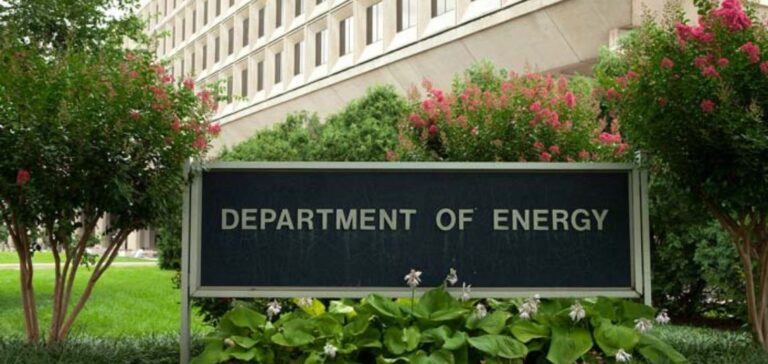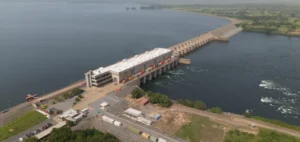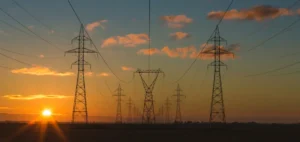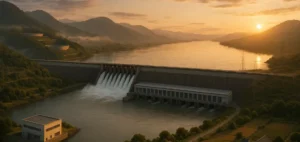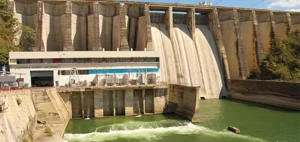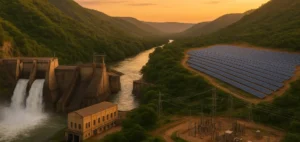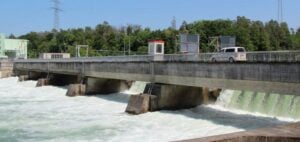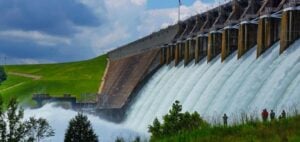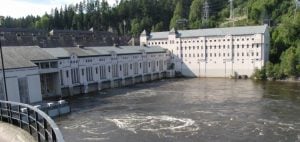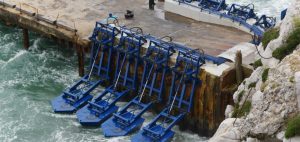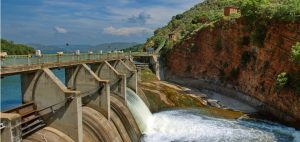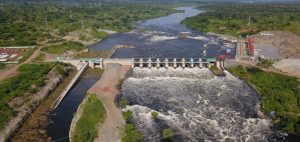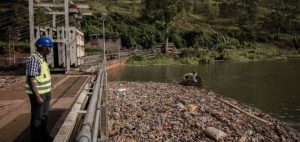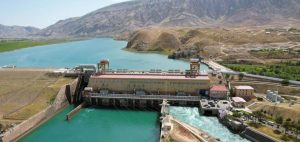Hydroelectric power is at the heart of the U.S. DOE program. It aims to expand its use and develop newmarine energy technologies. With more than $200 million in funding, the Hydropower Incentives Program is designed to help modernize and expand hydropower facilities across the country.
DOE launches incentive program
Administered by DOE’s Office of Grid Deployment, the hydropower program has issued application guidelines. The generation calls offer up to $125 million in incentive payments to qualified hydroelectric facilities. This incentive program is authorized by Congress under Section 242 of the Energy Policy Act of 2005. Congress began funding the program in 2014 and has continued to allocate funds each year since through the appropriations process. In November 2021, Congress also appropriates $125 million for the program as part of the Bipartisan Infrastructure Act.
In addition to the hydro generation calls, the hydro efficiency calls invest $75 million to enable the implementation of capital improvements. This program was first authorized by Section 243 of the Energy Policy Act of 2005 but has never been funded before. Section 40332 of the Bipartisan Infrastructure Act authorizes DOE to provide $75 million in incentive payments for its program. Owners or operators of existing hydroelectric facilities can apply for funding for capital improvements (up to 3%).
An investment in sustainable hydroelectric power
In addition to hydroelectric power, DOE also announced funding for new marine energy technologies. They also want to grow the hydro and marine energy workforce. The Embedded Distributed Energy Innovation Award will allocate up to $2.3 million to applicants, who are investigating new technologies to harness and convert wave power into energy types such as electricity.
The college competition helps students prepare for jobs in the hydropower, marine energy and related industries. With this funding, five graduate students are beginning research to expand the understanding and scope of marine energy resources. Earlier in March, DOE also announced $3.7 million from the bipartisan infrastructure bill. To further develop a project to study the relationships and trust between stakeholders to better integrate community priorities into hydropower R&D activities.
Thus, the DOE program signals the government’s commitment to a sustainable and clean future. By providing funding for hydropower modernization and expansion, as well as efficiency improvements and workforce expansion, the Department of Energy is making progress toward a greener future.

